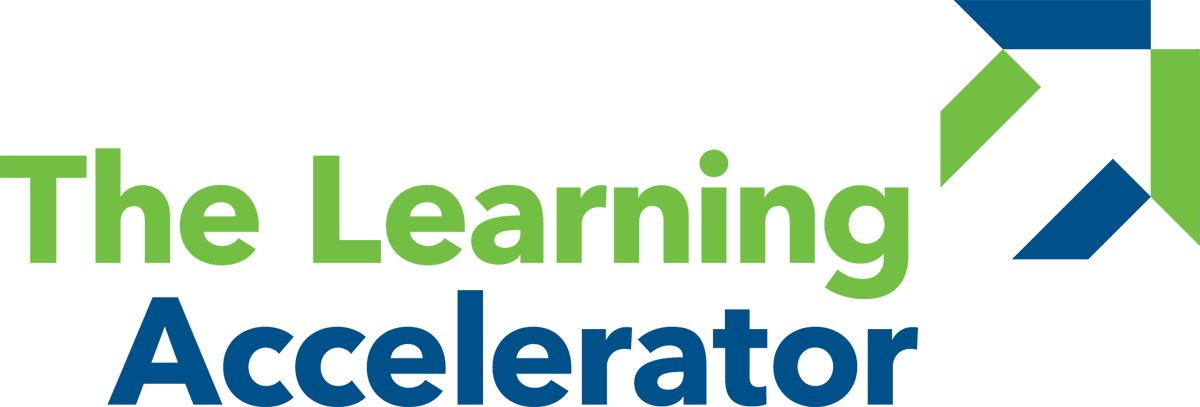Key Terms & Definitions for Redesign
The following terms are used in the Real-Time Redesign toolkit developed through the Strategy Lab.
Educational Equity
“Creating opportunities and removing barriers in educational experience so each student can reach his or her full potential - in academics and beyond; removing the predictability of success in academics or other life outcomes along lines of race, class, and other aspects of a student’s identity.” (National Equity Project)
Equitable Change Processes
Ensuring that those people most impacted by the teaching and learning (students, families, teachers, and staff) – especially those at the margins – play a major role in the design.
Resiliency
“An ability to recover from or adjust easily to misfortune or change.” (Merriam-Webster)
Resilient Systems for Teaching & Learning
A system for teaching and learning that is flexible enough to adapt to the changing needs of individual students and the world around them.
Resilient Change Processes
A change process that allows one to stay present to meet the needs of today while simultaneously developing a better tomorrow.
Design team
“A group consisting of two or more members that is dedicated to collaborating together in service of a common goal for students in their school community.” (IDEO)
Design thinking
“There’s no one definition of design thinking [...] it’s a set of both mindsets and design-based activities that foster the collaboration required to solve problems in human-centered ways.” For a mix of definitions, see “How do people define design thinking?” by IDEO.
Stakeholders
“Anyone who is invested in the welfare and success of a school and its students, including administrators, teachers, staff members, students, parents, families, community members, local business leaders, and elected officials such as school board members, city councilors, and state representatives. Stakeholders may also be collective entities, such as local businesses, organizations, advocacy groups, committees, media outlets, and cultural institutions, in addition to organizations that represent specific groups, such as teachers unions, parent-teacher organizations, and associations representing superintendents, principals, school boards, or teachers in specific academic disciplines.” (Glossary of Education Reform)
Classified staff
Those in non-teaching positions that support school operations, including, for example, paraprofessional, clerical, food service, maintenance, transportation, and nursing staff; in contrast to non-classified staff (or “certificated” teaching professionals) in a school setting.
Teaching and learning
The work of a school or school system to foster student development via teacher actions, student actions, and related structures, processes, and resources (e.g., content/curriculum, technology); we differentiate a focus on teaching and learning from a focus on other aspects of a school/system (e.g., operations).
Students at the margins / Students furthest from opportunity
Students whose needs have not been met by the education system (IDEO); may include students of color, aspiring multilingual students, students with an Individualized Education Program, students experiencing houselessness, students living in situations of poverty, and/or other populations; requires school and system leaders to look closely at their particular context.
Divergent and convergent thinking
Design thinking “is a series of divergent and convergent steps. During divergence we are creating choices and during convergence we are making choices.” (IDEO)
Prototype
A smaller-scale version of some element of teaching and learning that has just enough detail to be rapidly created and tested. The purpose of a prototype is to give stakeholders an opportunity to provide reactions and feedback. Often a “mock-up” or basic draft of an idea.
Pilot
A testing process that allows a small group of stakeholders to interact with a prototype within a defined set of parameters, including a planned time frame, necessary resources, implementers, and participants. Piloting connects the prototype to the design team’s broader goals by describing what impact is intended and how that impact will be measured. The purpose of a pilot is to determine whether an idea has enough impact to scale while limiting any unintended impact.
Education system
A system within which teaching and learning take place. School districts and charter management organizations (CMOs) are the forms of education system most commonly referred to in this guide. These organizations comprise all the essential supports, systems, structures, and ongoing processes that enable teaching and learning (TLA).

